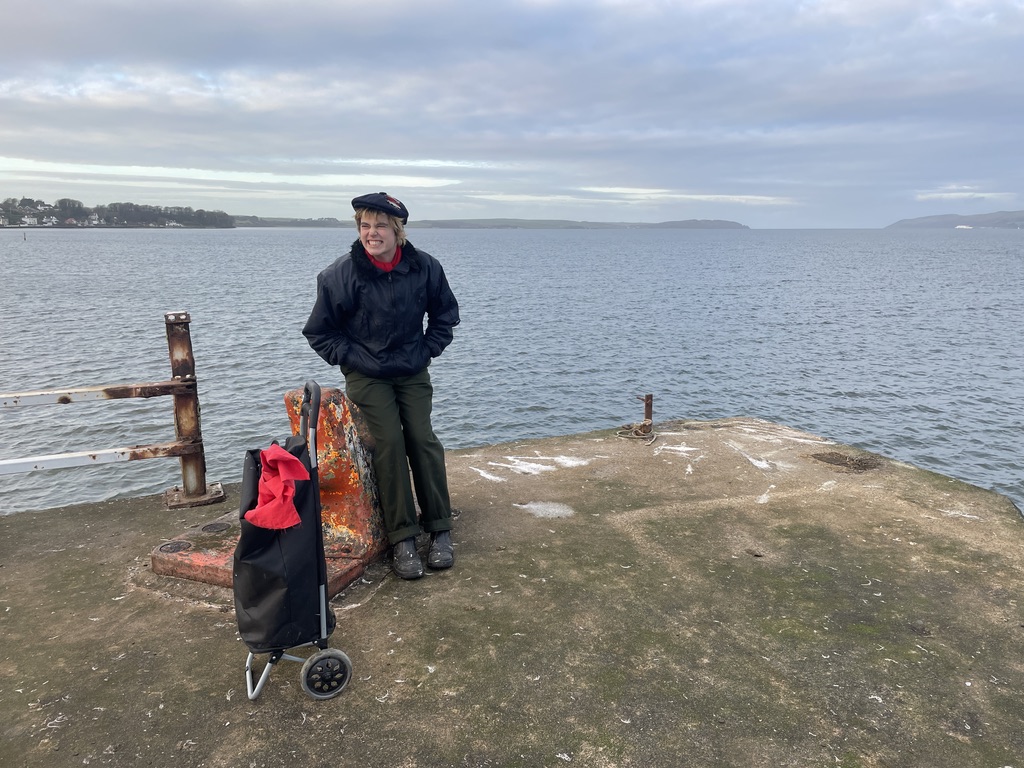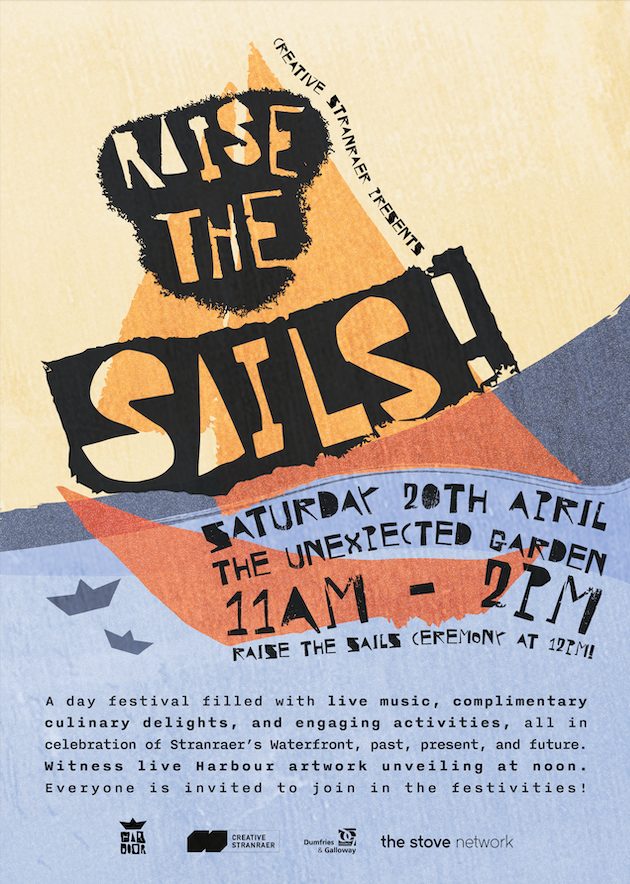Written by Anne Waggot Knott
In preparation for ‘Raise the Sails’, a community festival celebrating a new vision for Stranraer’s harbour area and marking the culmination of public art project, ‘Harbour’ by artist Maya Rose Edwards, I asked Maya to share some of their reflections on the project so far.
Maya, you’ve embedded yourself so joyously and emphatically in the town. Talk to me about Stranraer’s incredible community.
Where do I start? They’re marvellous. They stick together in a very fundamental, tangible way, a result of living somewhere on the edge of things. But despite the wonderful togetherness I’ve also found pockets of futility – people have big ideas and are very impassioned, but there’s a shared sense of being on the wrong side of history.
The younger generation faces real challenges and lack of opportunity. But, encouragingly, they have a vision of what the place could be, not blighted by what it was or hasn’t been. They’ve got an energy about them which is really exciting. Allowing space for young, positive voices is essential for community regeneration.
Stranraer is a hub for a lot of surrounding villages. There’s a distinct rurality and sometimes a certain disconnection with the rest of Dumfries and Galloway. But this also generates pride and determination: “Stranraer is brilliant and we’ll make sure you know that, and if you don’t accept it we’ll keep it for ourselves.” Fine, and fair enough!
There are pockets of potential change; people with great ideas, inspiration, a lot of fight. People that show up, show an interest, are hardworking and inquisitive. The Urban Collective, the Men’s Shed, Stevie at the fishing shop, Vivienne at the Community Re-Use Shop, young people from the college. There are so many more… I feel like I’ve developed real, reciprocal relationships in the town, proper friendships.
One thing that strikes me is that there are lots of people and organisations developing plans for the future, but they need to talk to each other. Hopefully I’ve started helping them make those connections.
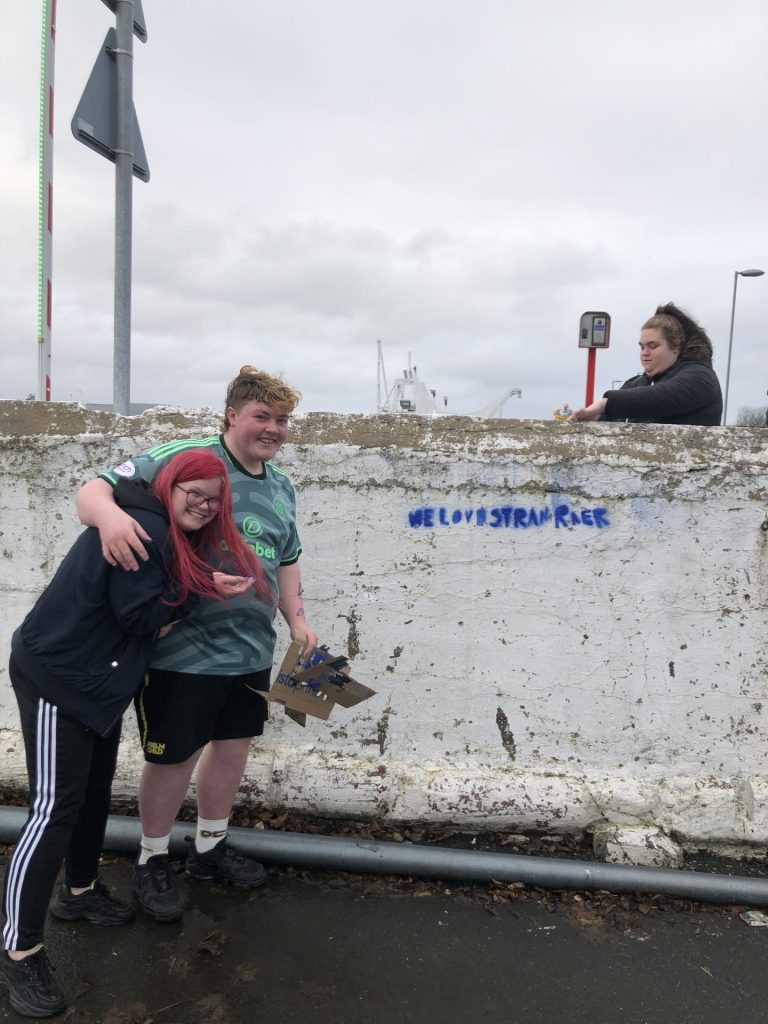
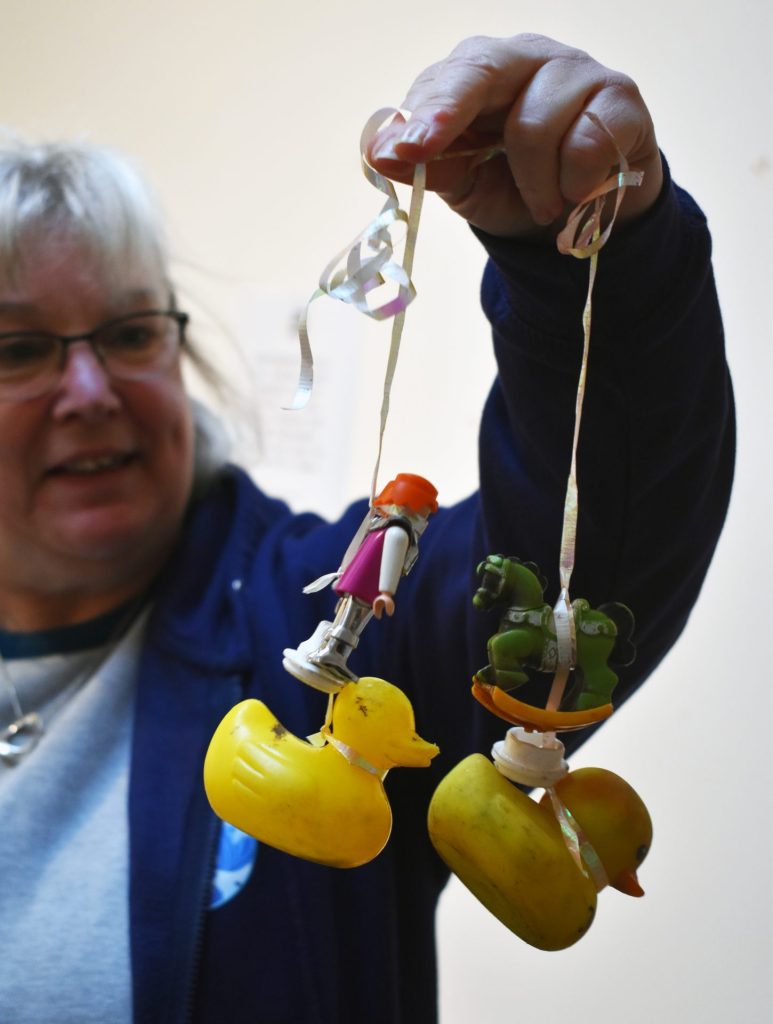
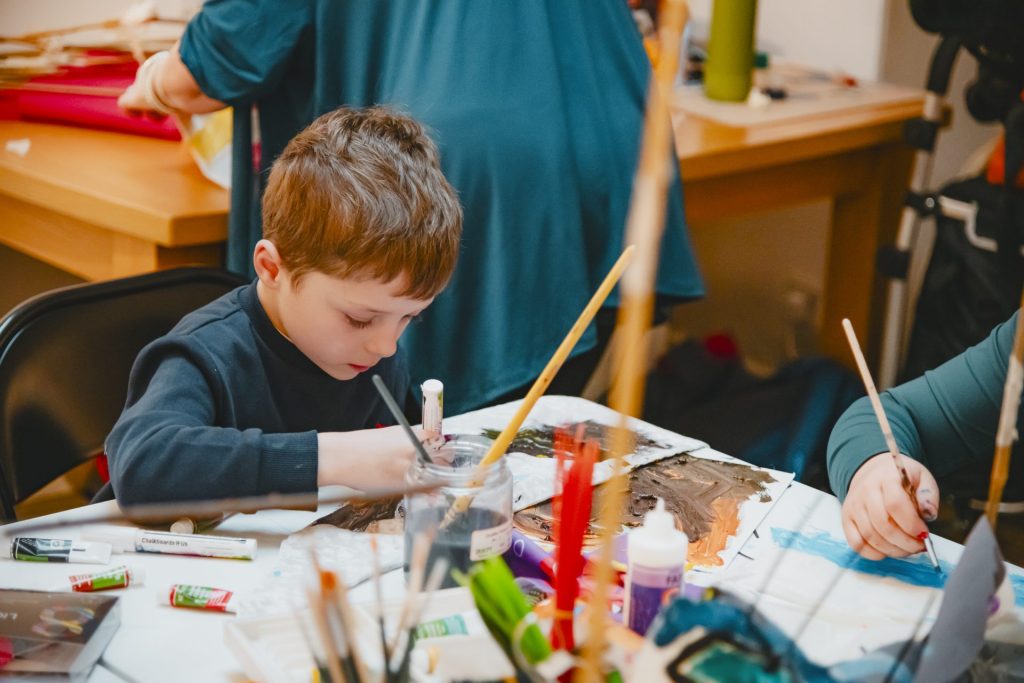
Your project brims with connectivity but also has a basis in activism and disruption. How can this light the touchpaper for change?
For a community with a historical legacy of being let down again and again, there’s only so much fight that they can conjure from within themselves. For me, the ability to make a mark in this respect was so important.
The idea of occupying space, either with an artwork or your body, can generate change. Parts of Stranraer have suffered from the management of decline, but it’s happening so slowly that the locals sometimes miss it. Creating unexpected things to look at, things that catch your eye or that you can interact with, generates a strong shift in people. It’s my job to equip people with the tools to do that themselves, help them see that standing up for a change they want to see is always an option.
There’s something about being an outsider that makes this possible. Sometimes you need someone with a fresh perspective to come and say, how about we try this?
One of the biggest markers was when we spraypainted the Harbour wall mural. It kicked up some fuss, but it turned a dial. It generated conversation, which generated understanding, then finally an expectation about what’s coming next. It could have failed, but it didn’t. Tiptoeing around wasn’t going to work. I had to set an example that risky moves are ok.
Risk is an important tool. When a community doesn’t feel in control there’s a sense of disempowerment. By choosing a risky action you choose the level of control for yourself rather than having it put upon you. It’s also a great way to get a big response from a lot of people and get the conversations started.
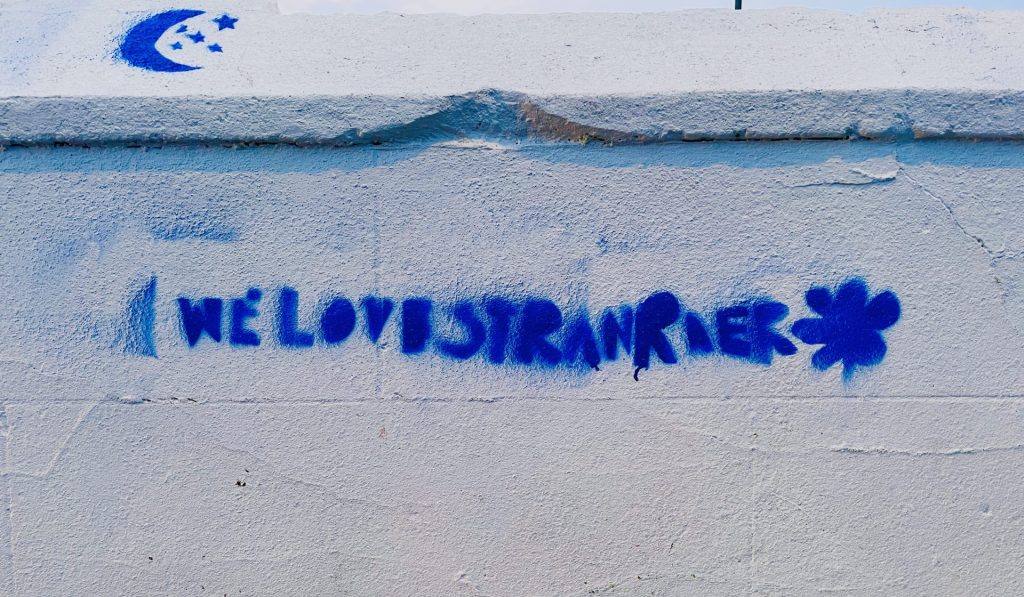
What are your project highlights?
The high points are unquestionably about bringing people together.
The graffiti with the college kids, one of the very first things we did together. Their sense of pride was evident, marking a real moment of arrival. Similarly, we’ll be marking my departure with the festival in April.
The Sea Witch sculpture day was great. Everyone brought different perspectives but a common purpose, which then flowed outwards into the community. Looking through the beachcombed objects was important in a cross-generational way – older people had memories about the pottery and plastic soldiers, young people recognised the vapes as part of their own history. The sea collects and spits out these stories, mixed and matched and collaged together – everyone’s past, present and future is there. Creating a character from those lost objects was a beautiful thing to see.
Making sails at The Hub was fabulous fun! We had people of all ages helping each other out. Kids that wouldn’t normally be in a room together. Older women who said art drop-ins should be prescribed on the NHS, that it’s like therapy. Tiny, naughty tots just running around painting themselves. We had a blast.
None of the above means anything without quiet moments though. Someone brings you a cuppa. The hello-in-Tesco moments. The guy in the chippie asking how the project is going. Like having a baker or a teacher, every town should have a community artist. Creativity has a huge impact on people and places.
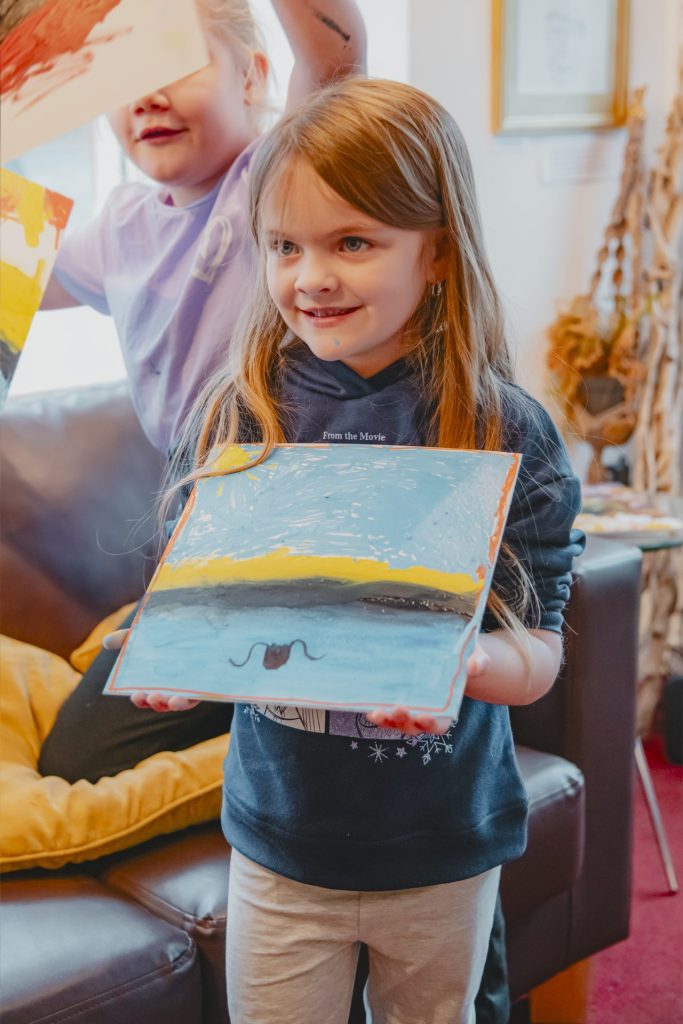
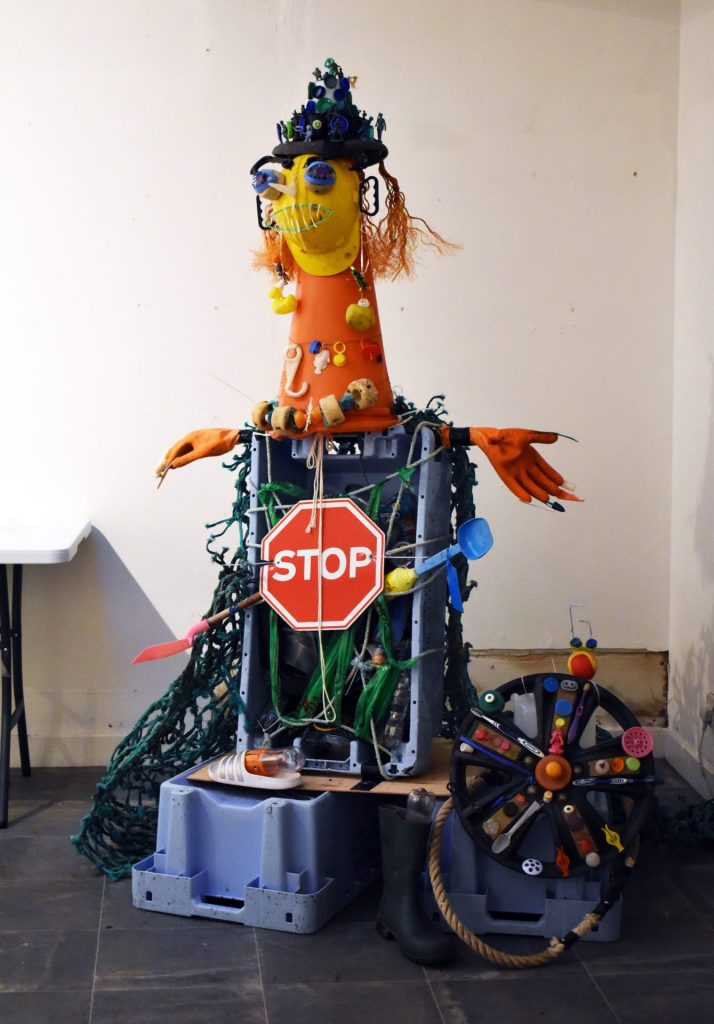
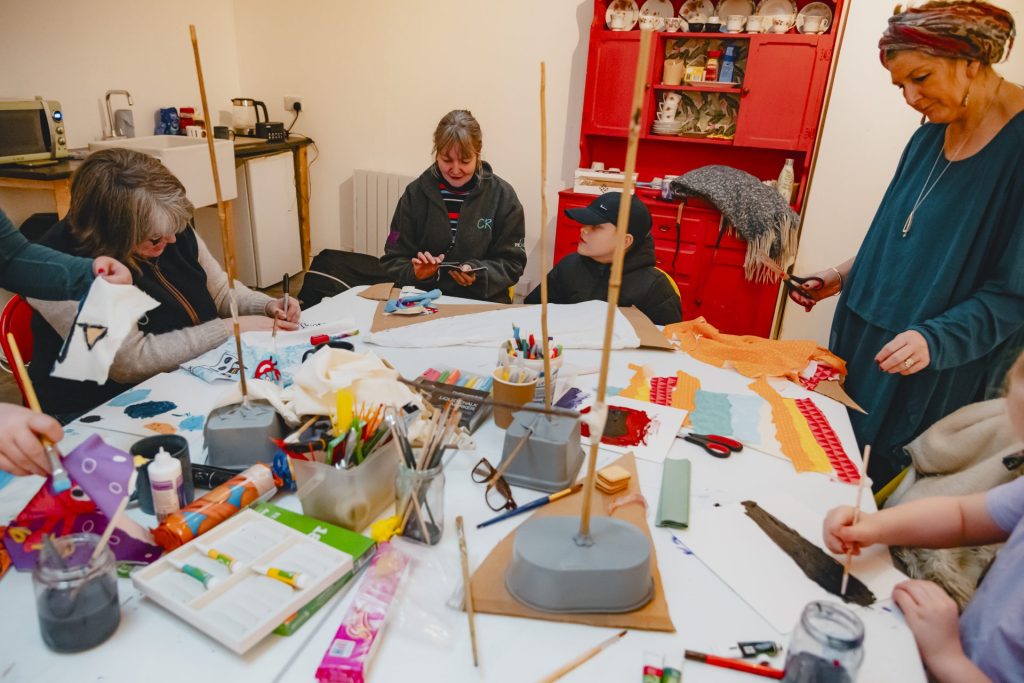
What have been your biggest challenges?
There have been just as many challenges as highlights! In simple terms, sometimes you just want to shake people who think change is impossible. That sense of futility being so ingrained, to the extent that it influences others too. Trying to unpick it has been a real challenge. But I also have a lot of respect and understanding for it.
At the very least, what seeds can I sow? I’m planting seeds in the middle of that knot of futility. But it’s a massive responsibility and has to be undertaken really carefully.
It’s also been hard to bring to attention things that people firmly don’t want to look at. That brings vulnerabilities. You can see these things very, very brightly when you come from elsewhere but dealing with them sensitively is often difficult.
I see you working with other people’s vulnerabilities but in order to do that you need to make yourself vulnerable as an artist too, don’t you? It’s reciprocal.
Yes. You’ve got to expose bits of yourself too, so it’s an exchange. That’s how I’ve built trust and relationships. I really enjoy it and it’s integral to my practice.
Stranraer is a community partly built on migration which is an interesting dynamic to work with. You have the embedded generational impacts over time and then you have people who come here and see it with fresh eyes as a great place to live. Once those people have a conversation with each other, possibilities emerge.
The way the waterfront is cut off from the town by the road is a huge problem. You can’t just wander down to the waterfront, you have to actively cross several lanes of traffic. Those historical planning decisions have massive impacts when considering public spaces.
Interestingly, not everybody sees themselves as a community of the sea; there’s also a challenge in the disconnect between the people who use the water and the people who use the land. Sometimes they don’t realise that they’re each other’s greatest asset and many of them want the same things. It’s like a glass wall, and nobody wants to be the one to make the first move. So there have been occasions when it’s my job to make the first move on behalf of everybody and nobody.
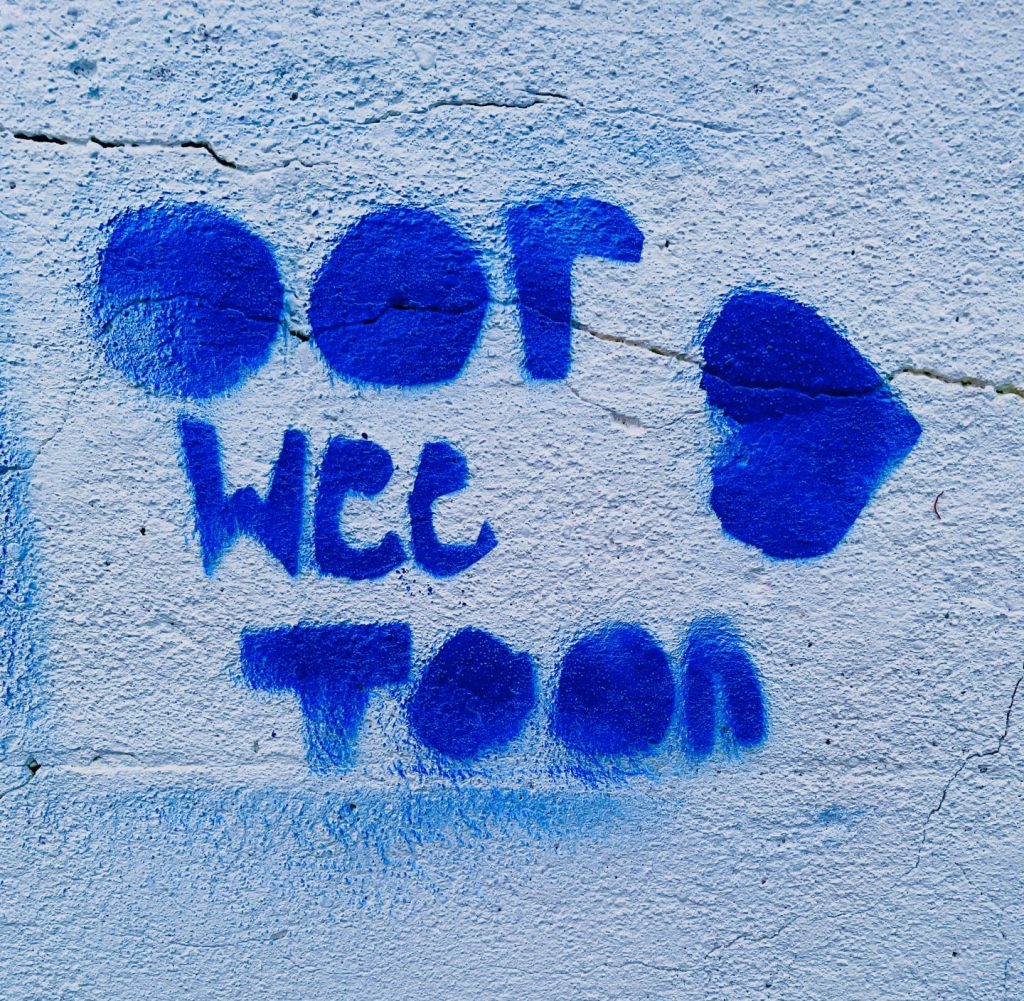
That’s interesting, can you expand on that a bit more?
For people originally from Stranraer, the water is a historically dangerous place due to sea waves from the ferries. It wasn’t always about having a good time and mucking about on the beach, it was a place of industry. Seeing people using it in a leisurely way, when first and foremost it’s a place for work, that grates. So there’s almost a moral judgement: you have the luxury of time to play around, but we need the water to make a living. I’ve come to understand that it can generate a bit of friction.
There’s something exciting about the waterfront as common ground though, as the physical place for people to come together, because of its status in between. At the minute, aside from the working harbour, parts of it feel unexciting and inhospitable. People say, why would I want to occupy that middle ground, there’s nothing there? We need to change not only what we put in that space, but what it means to people and how it can reflect them.
Let’s talk about Raise the Sails, the harbour festival on 20th April, the project finale.
It’s a free, daytime festival with food, live music and exciting activities for all ages, held at the Unexpected Garden on Saturday 20th April, 11am-2pm. There’s a very special event at 12 noon, so come down early!
I have a lot of hope for this, bringing people together. Stranraer has a long history of festivals – it’s a language the community speaks. It’ll be creatively out of the ordinary but really enjoyable, something people will remember. This is my final chance to plant a seed in those knots, and reach people I’ve missed.
Food, music, activities for kids – we’re listening to the necessities then adding so much more. I’m hoping the legacy continues to unfold quite slowly over the coming months. That those seeds start to grow.
And finally, why should folk join us at Raise the Sails?
For the sake of sheer nosiness, just pop down – you’re going to get a free meal! Be open to something you might not expect. It’s an opportunity to come together. And anyway, what else are you doing on a Saturday morning?!
See you there. Bring your hopes, dreams, friends, and family. We can raise the sails together.
‘Raise The Sails’
A special community festival taking place in the Unexpected Garden, Stranraer
Saturday 20 April
11am – 2pm

